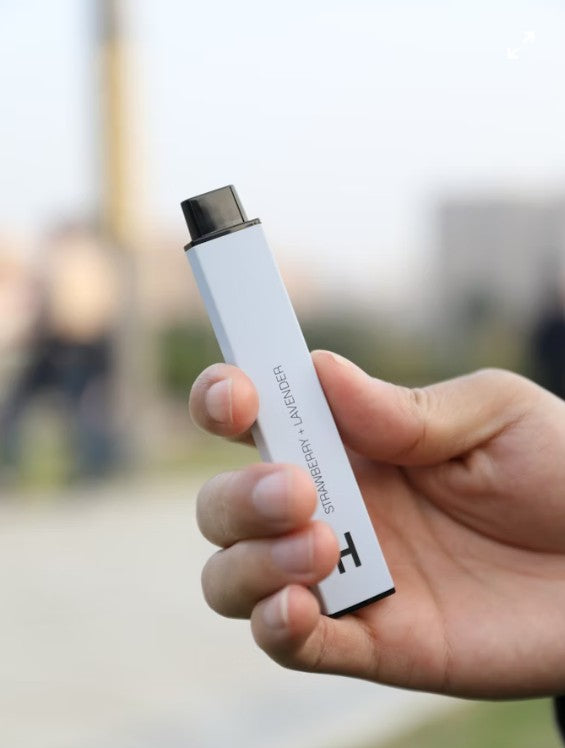The shift in smoking habits
Over the last decade, smoking rates among young adults in the UK have fallen sharply, with prevalence in 18–24-year-olds dropping from 25.7% in 2011 to just 9.8% in 2023. While education and prevention campaigns have played a part, much of this reduction coincides with the rise of vaping. Around 15.8% of 16–24-year-olds now use e-cigarettes either daily or occasionally.
For clinicians, this presents a complex landscape: traditional smoking rates are declining, but nicotine use is evolving rather than disappearing.
Understanding the current landscape
The dangers of tobacco smoking are well known, from higher risks of periodontal disease and oral cancer to tooth discolouration and delayed healing. Public awareness is strong, with 94% of adults recognising smoking as a cancer risk factor, and most supporting the government’s plans to create a smoke-free generation.
Vaping is often positioned as a harm-reduction strategy, particularly for those struggling to quit smoking altogether. While it still delivers nicotine, it typically exposes users to fewer harmful toxins. As such, it may be considered a useful alternative for smokers attempting to break free from tobacco dependency.
Oral health implications of vaping
Despite being less harmful than smoking, vaping is not without oral health consequences. Current research associates e-cigarette use with:
-
Higher rates of gingival inflammation and periodontitis compared with non-users.
-
Increased oxidative stress and delayed wound healing.
-
Greater risk of caries, particularly with flavoured e-liquids that contain sugars or sweeteners.
It’s also worth noting that many e-cigarette users are former smokers, so clinicians must carefully assess whether observed oral health issues stem from current vaping habits or residual effects of tobacco use.
Clinical guidance and patient communication
Dental professionals should take an open, non-judgemental approach when discussing vaping with patients. Key messages include:
-
Educate without stigma: Reinforce that while vaping may be less harmful than smoking, it is not risk-free.
-
Promote preventive care: Emphasise twice-daily brushing, interdental cleaning, and regular professional visits to mitigate inflammation and staining.
-
Support cessation: Encourage patients to view vaping as a transitional tool, not a permanent habit, where appropriate.
Maintaining oral hygiene remains essential for reducing risks associated with both smoking and vaping.
Conclusion
As traditional smoking declines, vaping continues to shape the next chapter of nicotine use. While it may offer reduced systemic harm, the oral health effects are still being fully understood. Clinicians play a crucial role in balancing education, prevention, and harm reduction, supporting patients to make informed decisions for both their general and oral wellbeing.
About the author
Annastasia Kellett Wright qualified as a Dental Hygienist and Dental Therapist from the University of Sheffield in 2013 and currently practises her full scope of practice with paediatric and adult patients in London. Annastasia has been a professional educator for Waterpik™ since 2016 and is actively involved with the British Society of Dental Hygiene and Therapists, serving as the trade liaison for their London regional group since 2015.
